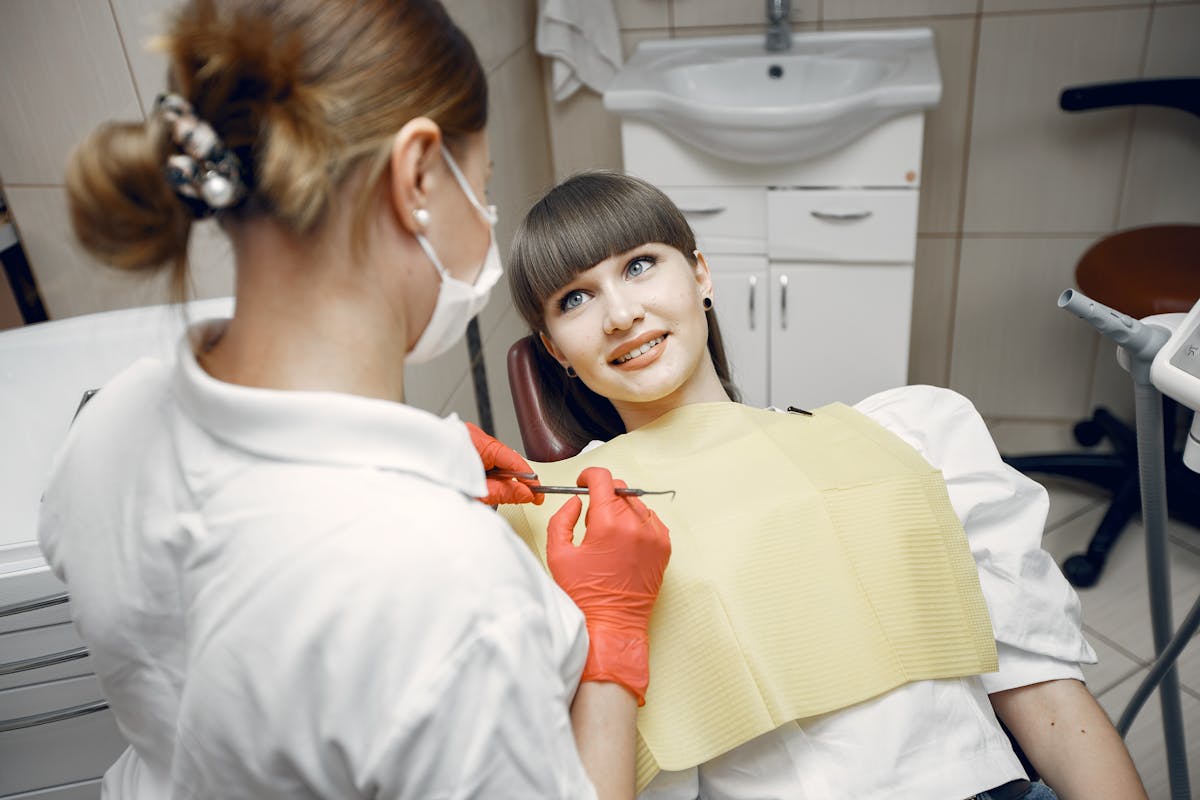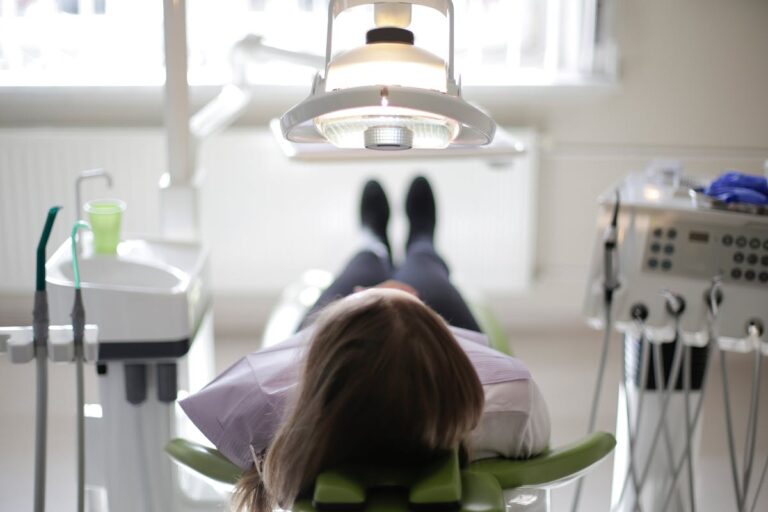Is It Time to Replace Your Toothbrush? Here’s How to Tell
A toothbrush is an essential tool in maintaining oral health, but it doesn’t last forever. Recognizing the signs of an aging toothbrush is vital for effective dental care. One primary indicator is bristle wear. Over time, the once firm and straight bristles become frayed and splayed, reducing their ability to clean teeth and gums effectively. The toothbrush lifespan is also affected by how frequently it is used, as well as the pressure applied during brushing. A worn toothbrush not only diminishes cleaning effectiveness but can also harbor bacteria, compromising oral hygiene. Observing these signs guarantees timely replacement, aiding in the prevention of plaque build-up and maintaining overall oral health. Ignoring bristle wear could inadvertently lead to long-term dental issues.
How Often Should You Replace Your Toothbrush?
Dentists generally recommend replacing a toothbrush every three to four months to guarantee peak oral hygiene. This replacement frequency guarantees that the toothbrush remains effective at removing plaque and maintaining oral health. A toothbrush’s lifespan can be affected by various factors, such as the quality of the bristles and the user’s brushing technique. Over time, the bristles become frayed and worn, reducing their cleaning efficiency. Additionally, bacteria and debris can accumulate on the toothbrush, further diminishing its effectiveness. Adhering to this three to four-month guideline helps mitigate these issues. It is also advisable to replace a toothbrush sooner if the bristles show visible signs of wear or after recovering from an illness, maintaining superior oral care consistently.
The Impact of a Worn-Out Toothbrush on Oral Health
When a toothbrush becomes worn out, its ability to effectively clean teeth and gums is greatly compromised. The toothbrush bristles wear down, losing their original shape and stiffness, which reduces their capacity to reach and clean between teeth and along the gumline. This deterioration can lead to insufficient removal of food particles and plaque, increasing plaque buildup concerns. As plaque accumulates, it can harden into tartar, which is more challenging to remove and may contribute to gum disease and cavities. Additionally, worn bristles might not adequately stimulate gums, potentially affecting gum health. Maintaining oral hygiene requires replacing a toothbrush before it becomes ineffective, ensuring that the bristles are in prime condition to prevent such dental health issues.
Choosing the Right Toothbrush for Your Needs
Choosing the appropriate toothbrush is vital for maintaining ideal oral hygiene. A toothbrush with soft bristles is highly recommended by dental professionals, as it effectively cleans teeth without causing damage to the enamel or gums. Soft bristles are gentle yet efficient in removing plaque and preventing gum irritation. Additionally, an ergonomic design is important for comfortable handling, providing better grip and control during brushing. An ergonomically designed toothbrush guarantees that users can reach all areas of the mouth effortlessly, promoting thorough cleaning. Individuals should consider the size of the toothbrush head, which should fit comfortably within the mouth, allowing easy access to all teeth surfaces. Selecting the right toothbrush tailored to a person’s specific needs can greatly enhance their oral care routine.
Manual vs. Electric Toothbrush: Which Is Better?
How does one decide between a manual and an electric toothbrush? The choice often depends on personal preferences and dental needs. Manual toothbrush benefits include affordability, accessibility, and ease of use. They are lightweight, require no batteries or charging, and can be used anywhere. Additionally, manual brushes allow users to control the pressure applied, reducing the risk of gum damage for those who brush vigorously.
On the other hand, electric toothbrush features offer advanced cleaning capabilities. Equipped with oscillating or vibrating bristles, they can remove more plaque compared to manual brushes. Many electric models include timers to guarantee ideal brushing time and pressure sensors to prevent over-brushing. They are particularly beneficial for individuals with limited dexterity, making brushing more effective and efficient.
Proper Toothbrush Care for Longevity
A few simple practices can extend the life of a toothbrush, ensuring its effectiveness in maintaining oral hygiene. Proper toothbrush storage is essential; it should be kept upright in a holder to allow air drying, reducing bacterial growth. Avoid storing it in closed containers, as this encourages moisture retention, fostering microbial proliferation. Regular toothbrush cleaning is equally important. Rinse the toothbrush thoroughly after each use to remove debris and toothpaste residue. Periodically, sanitize it by soaking in a mild antibacterial mouthwash for a few minutes, or use a UV sanitizer designed for toothbrushes. Ensuring the bristles are not frayed or misshapen also contributes to longevity. These practices not only extend a toothbrush’s lifespan but also promote ideal oral care.
Eco-Friendly Toothbrush Options to Consider
As individuals focus on extending the life of their toothbrushes through proper care, they might also consider the environmental impact of their dental hygiene products. Eco-conscious consumers are increasingly turning to bamboo toothbrushes as an alternative to plastic. Bamboo, a rapidly renewable resource, provides a sturdy and biodegradable option for those seeking to minimize plastic waste. These toothbrushes often feature compostable bristles and packaging, offering a more sustainable choice compared to conventional brushes. Additionally, other biodegradable options are available, crafted from materials such as cornstarch and recycled plastics. By opting for these environmentally friendly toothbrushes, individuals can contribute to reducing their carbon footprint. Consequently, choosing eco-friendly dental products aligns personal health routines with broader environmental stewardship goals.
Frequently Asked Questions
Can I Clean My Toothbrush in the Dishwasher?
Regarding toothbrush maintenance, placing a toothbrush in the dishwasher may not guarantee ideal cleaning and could compromise dishwasher safety. High temperatures and detergents can damage the bristles, reducing the toothbrush’s effectiveness and lifespan.
What Are the Signs of Toothbrush Contamination?
Toothbrush contamination is indicated by visible toothbrush wear, such as frayed bristles, and potential bacteria buildup. Discoloration or persistent odor may also suggest contamination, necessitating replacement to maintain oral hygiene and prevent health issues.
How Can I Sanitize My Toothbrush Effectively?
Toothbrush sanitization methods include rinsing thoroughly with hot water, soaking in antibacterial mouthwash, or using a UV sanitizer. Effective cleaning techniques also involve storing the toothbrush upright and letting it air dry between uses to prevent bacteria growth.
Is It Safe to Share a Toothbrush With Someone Else?
Sharing a toothbrush poses significant hygiene risks, as it can transfer bacteria and viruses between users. Effective toothbrush hygiene involves personal use only, ensuring that each individual maintains their oral health without sharing potential pathogens.
Do Certain Foods Wear Out Toothbrushes Faster?
Certain foods can indeed affect toothbrush durability. Highly acidic or sugary foods may accelerate bristle wear due to residue buildup, making it necessary to replace the toothbrush more frequently to maintain ideal oral hygiene and effectiveness.







